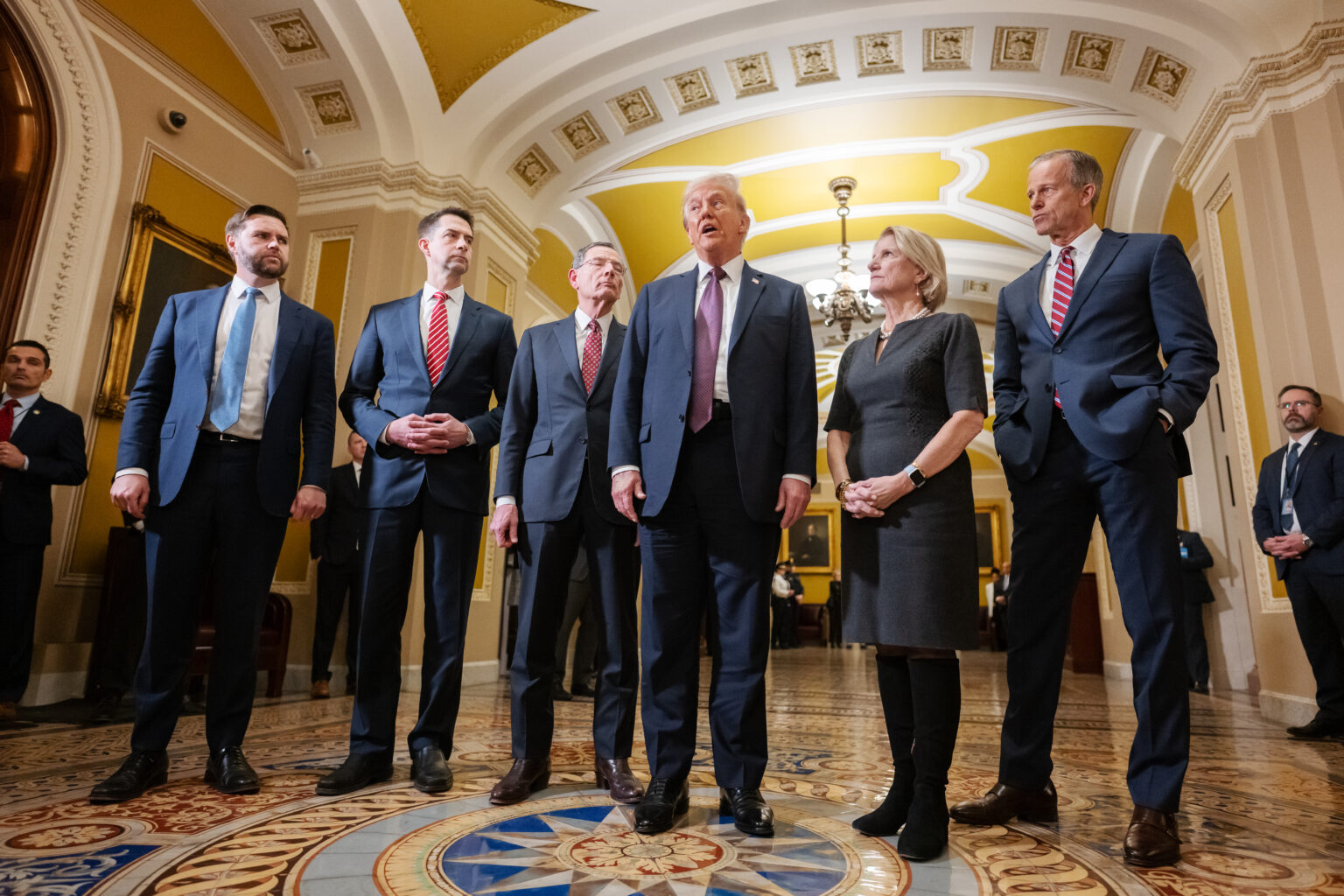Reevaluating the Impact of the Proposed Tax and Spending Legislation
Recently, President Donald Trump, alongside his Republican colleagues in Congress, has championed a comprehensive tax reform and expenditure bill, framing it as a boon for the working-class demographic that significantly contributed to his electoral victory. However, a closer examination reveals that the bill’s financial implications may not align with its populist rhetoric.
Disparities in Financial Outcomes: Who Truly Benefits?
Analyses by independent agencies suggest that the proposed legislation could inadvertently impose greater financial burdens on low-income families than the tax cuts would alleviate. For instance, the nonpartisan Congressional Budget Office estimates that the top 10 percent of households, typically the wealthiest, could see an average annual increase of $12,000 in resources. Conversely, the lowest 10 percent might face a reduction of nearly $1,600 annually. While most households might experience some financial improvement, the bottom 30 percent could find themselves worse off, highlighting a stark disparity.
Broader Economic and Social Ramifications
Further studies, such as one from the University of Pennsylvania’s Wharton Budget Model, indicate that when factoring in increased government borrowing over the next decade, the majority of households-particularly the bottom 60 percent-would experience financial strain. Similarly, Yale’s Budget Lab analysis suggests that, when combined with the effects of tariffs imposed during Trump’s administration, the bill could leave all but the top 20 percent of households worse off. These tariffs, which have fluctuated in scope and face ongoing legal challenges, tend to negate any potential middle-class gains from the tax reforms.
Legislative Intent and Political Messaging
Despite these findings, Republican lawmakers defend the bill, emphasizing provisions aimed at benefiting working Americans. Key features include the elimination of taxes on tips and overtime pay for non-highly compensated workers, as well as a new $4,000 deduction for seniors earning below $75,000 (or $150,000 for couples). These measures echo Trump’s campaign promises to protect Social Security benefits and support middle- and low-income seniors.
Partisan Perspectives and Public Opinion
Party leaders have also highlighted populist language within the bill, such as the section titled “Working Families Over Elites,” which underscores a narrative of economic fairness. White House officials, like Deputy Chief of Staff Stephen Miller, have articulated that the legislation aims to forge a strong alliance with the working class through “populist tax promises.” Interestingly, some Democrats have acknowledged certain elements, such as Sen. Ted Cruz’s proposal to establish $1,000 investment accounts for infants-referred to as “Trump accounts”-as positive steps, though they remain critical of the bill’s overall impact.
Concerns Over Safety Net Reductions
However, the bill’s potential to undermine essential social programs raises significant concerns. Analyses suggest that the benefits for the poorest households could be overshadowed by cuts to Medicaid, food assistance programs, and other safety nets. Senators like Susan Collins, Lisa Murkowski, and Josh Hawley have voiced apprehensions about these reductions, with Hawley actively advocating for revisions to make the legislation more populist in nature.
Public Sentiment and Political Challenges
A recent Quinnipiac University poll indicates that only 27 percent of registered voters support the bill, while 53 percent oppose it-an indication of the political hurdles ahead. Senate leaders, including John Thune and Mike Crapo, are considering measures to extend certain business tax breaks, which could necessitate further spending cuts. Critics argue that prioritizing corporate tax incentives over direct support for working families may undermine the bill’s populist appeal.
Tax Policy Controversies and Future Prospects
Notably absent from the legislation are proposals championed by Trump to close the “carried interest loophole” and increase taxes on the ultra-wealthy-measures that could generate substantial revenue to offset the bill’s costs. The current plan is projected to add approximately $3 trillion to the national debt over ten years, raising questions about fiscal responsibility. Additionally, debates persist over the state and local tax deduction, with some Republicans seeking to limit or eliminate it to reduce costs, despite opposition from districts heavily reliant on such deductions.
Balancing Economic Growth and Fiscal Responsibility
While some GOP members argue that the bill will stimulate economic growth and job creation across all income levels, critics caution that the long-term fiscal implications could outweigh short-term gains. The debate continues over whether the legislation’s benefits are equitably distributed or primarily favor the wealthy, with many emphasizing the importance of crafting policies that genuinely support working families without exacerbating national debt.
As the legislative process unfolds, the challenge remains to reconcile economic growth objectives with the need for equitable support for all Americans, ensuring that the promises of prosperity do not come at the expense of the most vulnerable populations.

